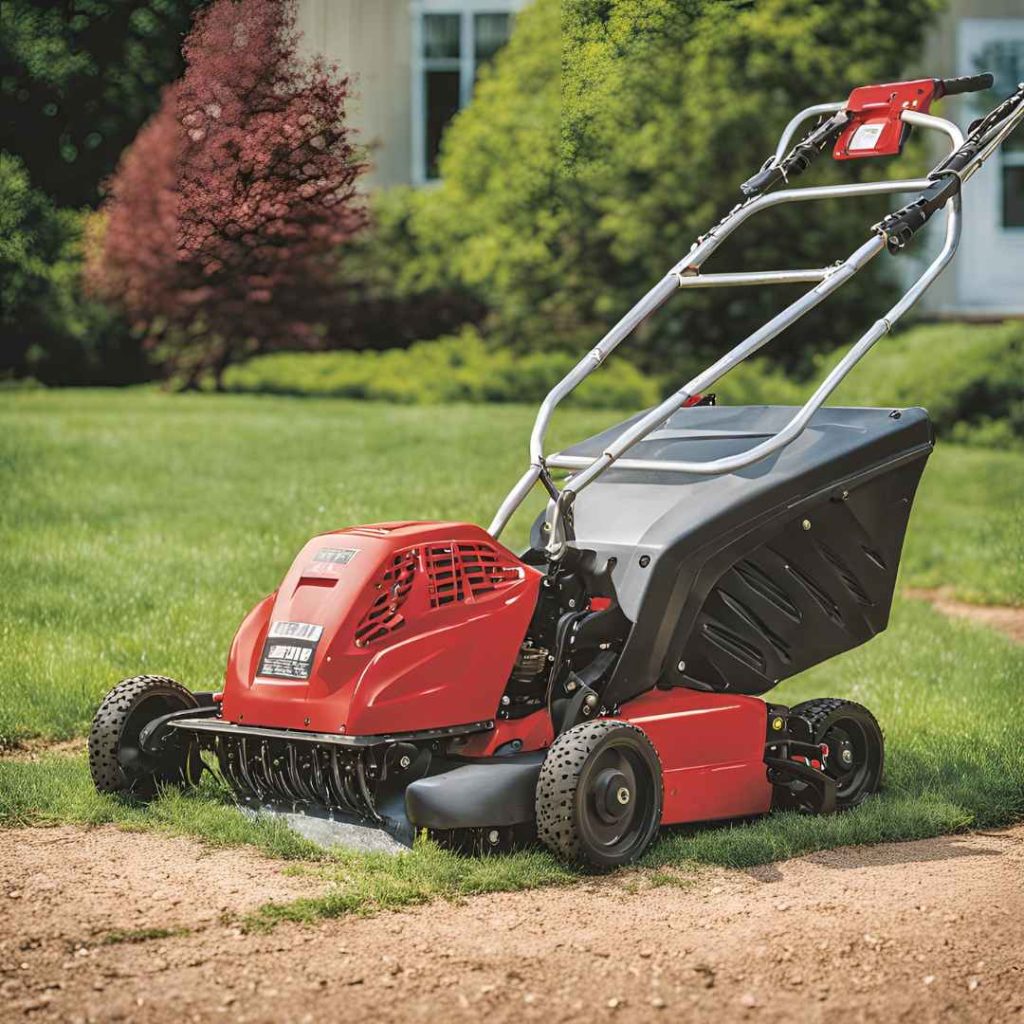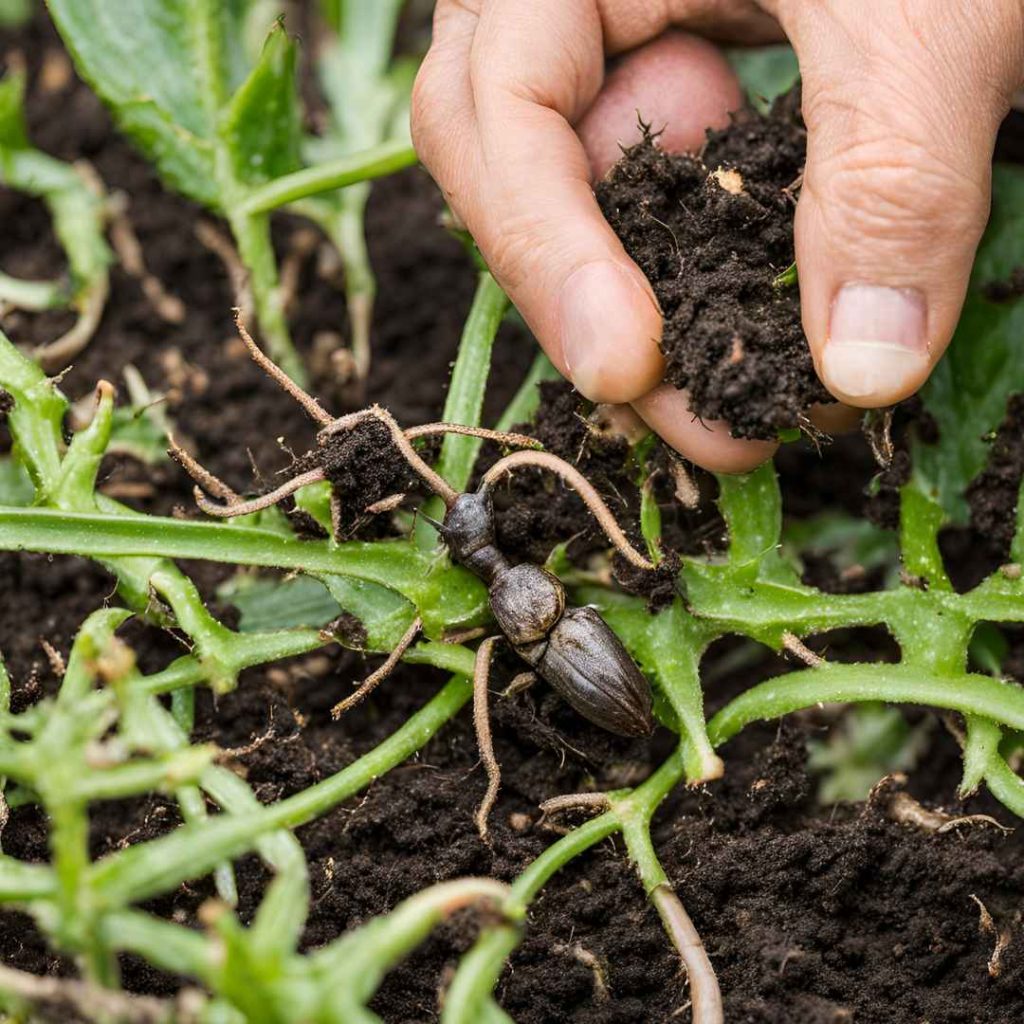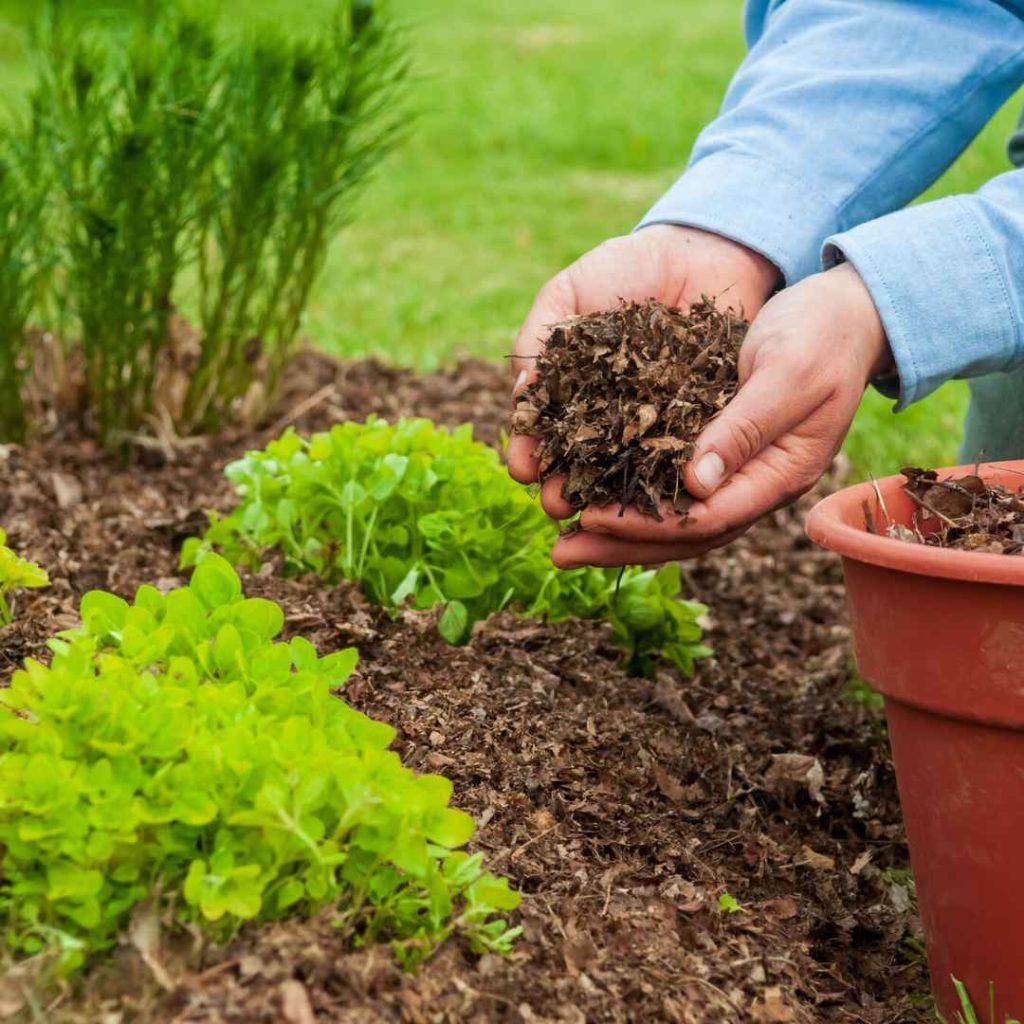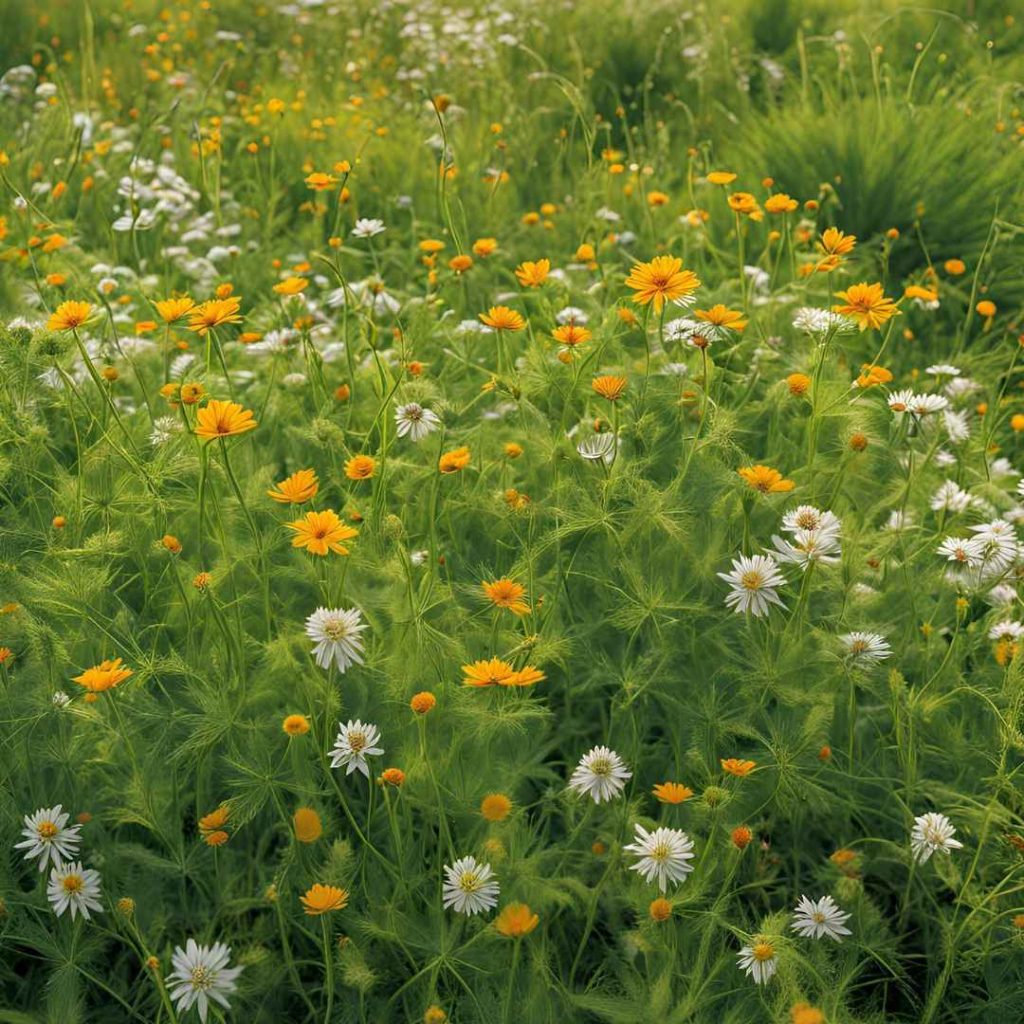If yard weevils are starting to cause issues in a section of your landscaping; consider hand-removing, pruning, or suppressing them instead of utilizing weed killers because they can be managed lacking the use of chemical substances.
How Can Weeds Be Managed Without The Use Of Chemical Substances?
There are a number of non-chemical weed management techniques; the effectiveness of each strategy relies on the type of weevils in your landscape.
In broad terms, annual weevils have superficial roots and are simple to pull by fingertips. But they frequently yield a lot of seedlings, which leads to a lot of sprouts that need more management. The positive aspect is that transitory invasive species textiles or mulching may quickly suffocate annual weevil sprouts.
Perennial wildflowers frequently have larger, denser root networks and sprout again every year. Although it’s not always feasible, eliminating the invasive roots provides efficient supervision.
In the absence of it, vegetation becomes weaker and may finally die if its top development is frequently pruned away or smothered. More harmful perennial weevils can be stopped from spreading by using invasive species obstacles.
Hand Elimination:
Hand weeding is usually rapid and simple, and it is frequently performed in existing beds or on vacant beds that are prepared to be sowed. Several possibilities are available:
Hoe Off Embryos: To eradicate the majority of weevil young plants, sweep a shovel over a bed or in among st planting lines. To ensure that uncovered roots become dehydrated as soon as possible, do procedures on sunny, chapped, or breezy weather for optimal outcomes.
Digging helps to preserve the good condition of the soil by getting rid of weevils with the least amount of disruption.
Weed Removal With a Spear Or Draw: The majority of annual weevils can be removed from the ground by fingers. Push away the root ball of a perennial weevil that has greater depths by inserting a gardening knife all the way down.

Employ a Mowing Tool: To combat weevils in specific areas, a variety of specialized removing equipment are available in the marketplace. For instance, an eliminating blade with a hooking point can be used to pull weeds along route borders or beneath concrete flooring.
Remove Big, Entrenched Weevils: To remove bigger, deeper-rooted weevils from a bordering area, utilize a digging tool or boundary blade. Raise up every bit of the root structure as you can after inserting the instrument all the way down, near the foundation of the plant.
Grinding Repeatedly:
Frequent chopping stops photosynthesis and depletes a vegetation’s accumulated reservations, making it an excellent choice where weevils spread across bordering species or in hard-to-reach areas. These techniques, when applied consistently throughout a number of generations, can eradicate even particularly tenacious perennial weevils:

Periodically Trim Away Upper Development: By eliminating any excess development throughout the course of the planting period, you may disable weevils that are hard to pull by fingers, like those with spreading root systems or extensive taproots. As quickly as the stalks and foliage are visible, pluck or trim them to the soil’s surface.
Chop Off Topmost Expansion: In bigger regions, periodically clip away weevils with a weed blade or Strimmer.
Put a Stop To Weeds:
Coating the substrate inhibits and finally eliminates weevils, just as frequent pruning. Perennial weevils require protection for the duration of several expanding cycles, but yearly unwanted plants might only require it for a brief period of time. There are several options for substances and techniques:
Overlay Topsoil With Newspaper:
Apply an even covering of cardboard to the substrate over the wintertime to eradicate annual weevils in vacant vegetable and flowering gardens.
Since that a small number is required for covering a bed, big, disassembled containers with the wrapping paper undone function effectively. Ensure that the joints intersect, then use stones or wooden sections to support the paper backing.
Mulching With Biological Materials:

To prevent weevils from sprouting in beds and boundaries, coat the substrate with a thin covering of naturally occurring material, including bark or chipped wood, that is ten to twenty centimeters (4–8 inches) wide.
Topping up the mulching cover in the springtime to maintain its effectiveness. Cover an additional level of newspaper with mulching to keep undesirable plants at bay. To protect compost from decomposing, maintain it distinct from brittle branches and grassy perennial caps.
Install Sustainable Fertilizer Film:
This substitute for black plastic barrier is made from maize starch and breaks down organically with age. While stronger grades may be utilized to inhibit perennial wildflowers for a period of three years or longer, milder concentrations are best suited for temporary weed management, such as controlling yearly unwanted plants in vegetable beds throughout the wintertime.
Install Compost Able Mulching Flooring: To reduce weevil concurrence, wrap surface soil surrounding the bases of recently established vegetation and trees.
These flooring, which are composed of jute fiber, break down organically after approximately eighteen months. Use grounding hooks to keep securely anchored for successful outcomes. For greater regions and border plantations, sheets of jute flooring are additionally offered.
Weed Obstacles:
Weed obstacles limit the propagation of wildflowers by keeping them in one area. There are two primary approaches:
Edging Boundaries:
To stop grasses and turf weevils from intruding into boundaries, keep the turf margins and bordering sections in excellent condition. Boundary components come in a wide variety, ranging from straightforward hardwood or metallic pieces to elaborate ornamental possibilities.
Install a Root Obstruction:
By containing the roots of aggressive invasive plants, you can stop them from spreading. Specialized root blocker cloths may be molded to accommodate beds of every type and are the simplest to put in place. Perforated steel panels or asphalt tiles may be used to create an uniform obstacle.

